
Our History
Since the beginning, science in service to society has been the mission. While looking back at a half century of achievement, the College of Earth, Ocean and Environment is also planning out its next decade to continue and advance that mission.
In June of 1970, the University of Delaware’s Board of Trustees created the College of Marine Studies, which grew over the following decades to become CEOE and encompass not just marine science and policy, but also earth and atmospheric science as well. Today, CEOE is uniquely arranged to provide education and research in the environmental sciences that connects to the real world, with social scientists and policy experts working alongside the natural scientists.
Celebrating our history
Learn more about the history of the college and how it has grown and evolved over its 50 years. Or check out “The Changing Earth: Working Together for a Sustainable Future,” to learn about CEOE’s plans to continue its tradition of success over the next 10 years.
Celebrating Our History: An Interview with John Wehmiller: youtube.com/watch?v=5iO9njlf53s
John Wehmiller
University of Delaware alum Evelyn Maurmeyer interviews John Wehmiller, professor emeritus in the Department of Earth Sciences.
Celebrating Our History: An Interview with Jonathan Sharp: youtube.com/watch?v=c7-wUCtoahk
Jonathan Sharp
University of Delaware professor Jennifer Biddle interviews Jonathan Sharp, professor emeritus in the School of Marine Science and Policy.
Conversations with the Deans
As a way to begin our celebrations of the college's 50th Anniversary together, we hosted three events where former Dean Estella Atekwana sat down with her predecessors to reflect on the history of the college and where it is headed. Click the links below to watch archived versions of the conversations:
-
Students Past and Present: Luis Cifuentes
June 09, 2021 | CEOE Staff -
Students Past and Present: Kenneth Lacovara
May 18, 2021 | CEOE Staff -
Students Past and Present: Allan Fernandes
April 19, 2021 | CEOE Staff -
Students Past and Present: Steven Thur
March 26, 2021 | CEOE Staff -
Students Past and Present: Susan Trumbore
March 11, 2021 | CEOE Staff
COLLEGE TIMELINE
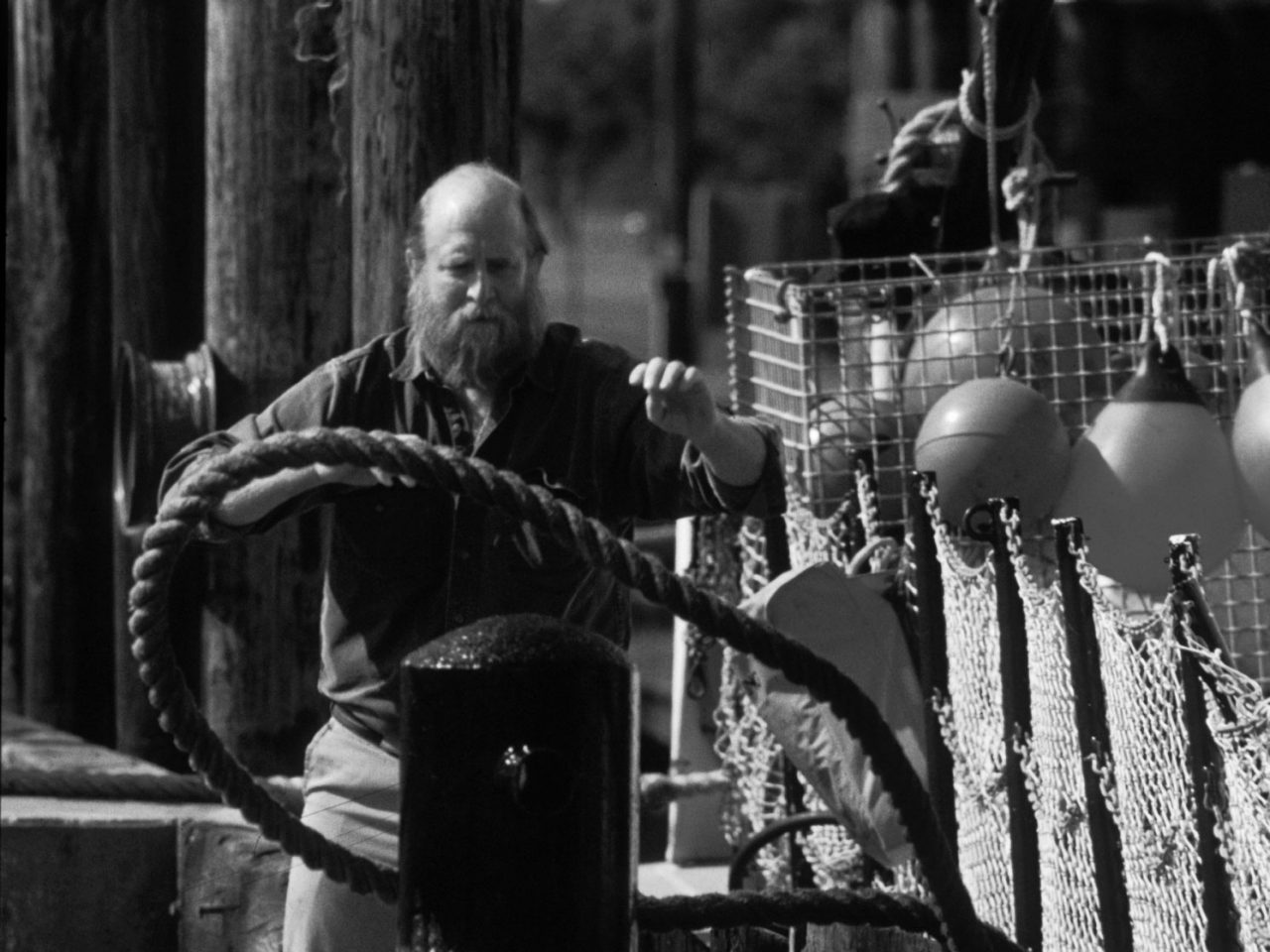
The college has its roots in the marine environment. In 1950, a group of local fishermen, alarmed by a drastic decline in Delaware Bay fisheries, approached the Delaware General Assembly for help. The 116th session of the General Assembly responded by allocating $30,000 to set up a marine biology program in the Department of Biological Sciences at the University of Delaware.
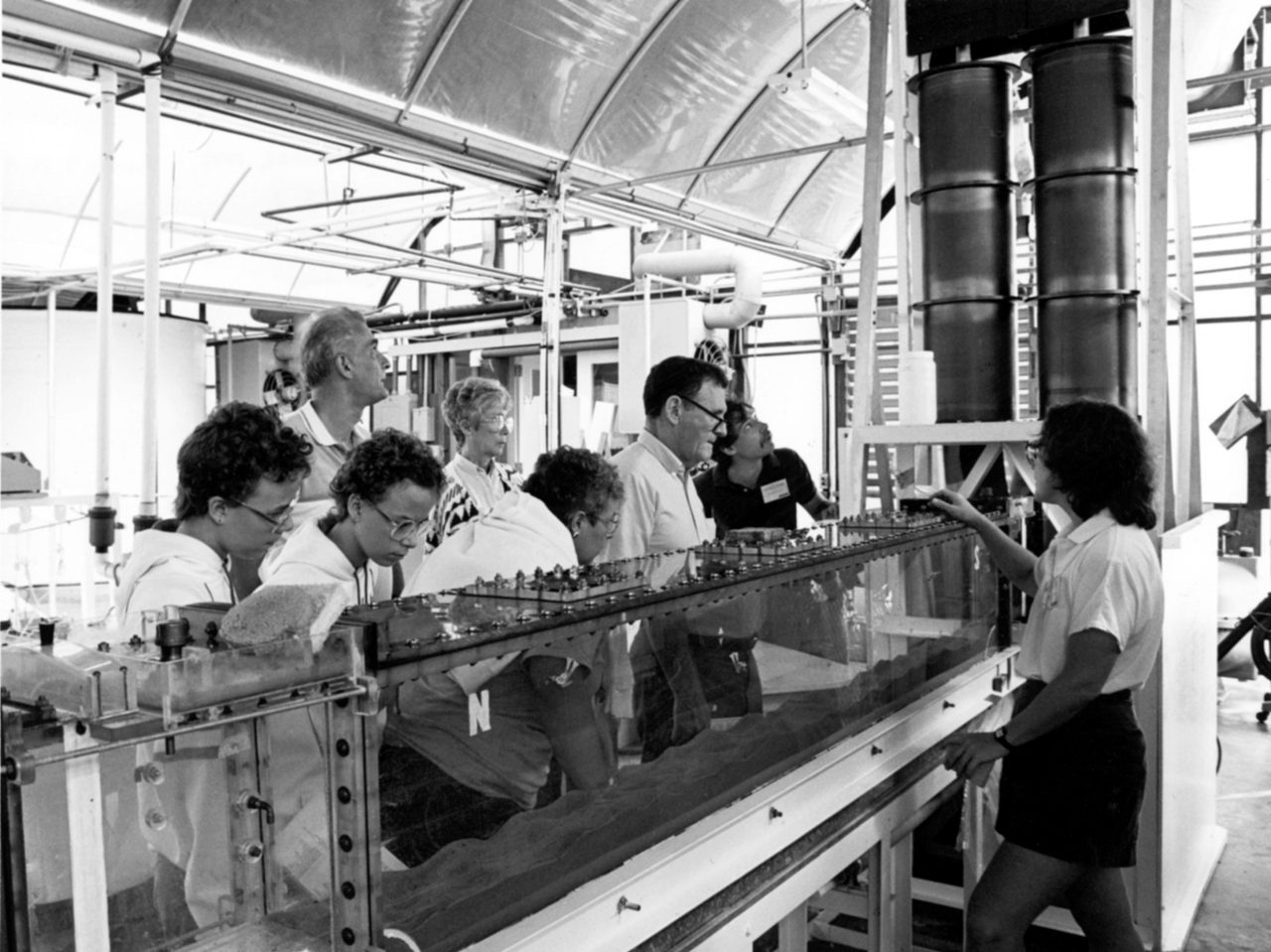
To unite important programs in aquaculture, ocean engineering, and marine geology, the UD Board of Trustees created the College of Marine Studies on June 6, 1970. The college’s founders had a unique vision of an interdisciplinary marine institution that would include all aspects of human interaction with the sea.
As a college of marine studies, its mission would be to move beyond just scientific examination by also studying the political, social, and economic dimensions of the marine environment. At a time when most marine programs were highly stratified by discipline, this novel approach catapulted the University of Delaware to the forefront of marine education.
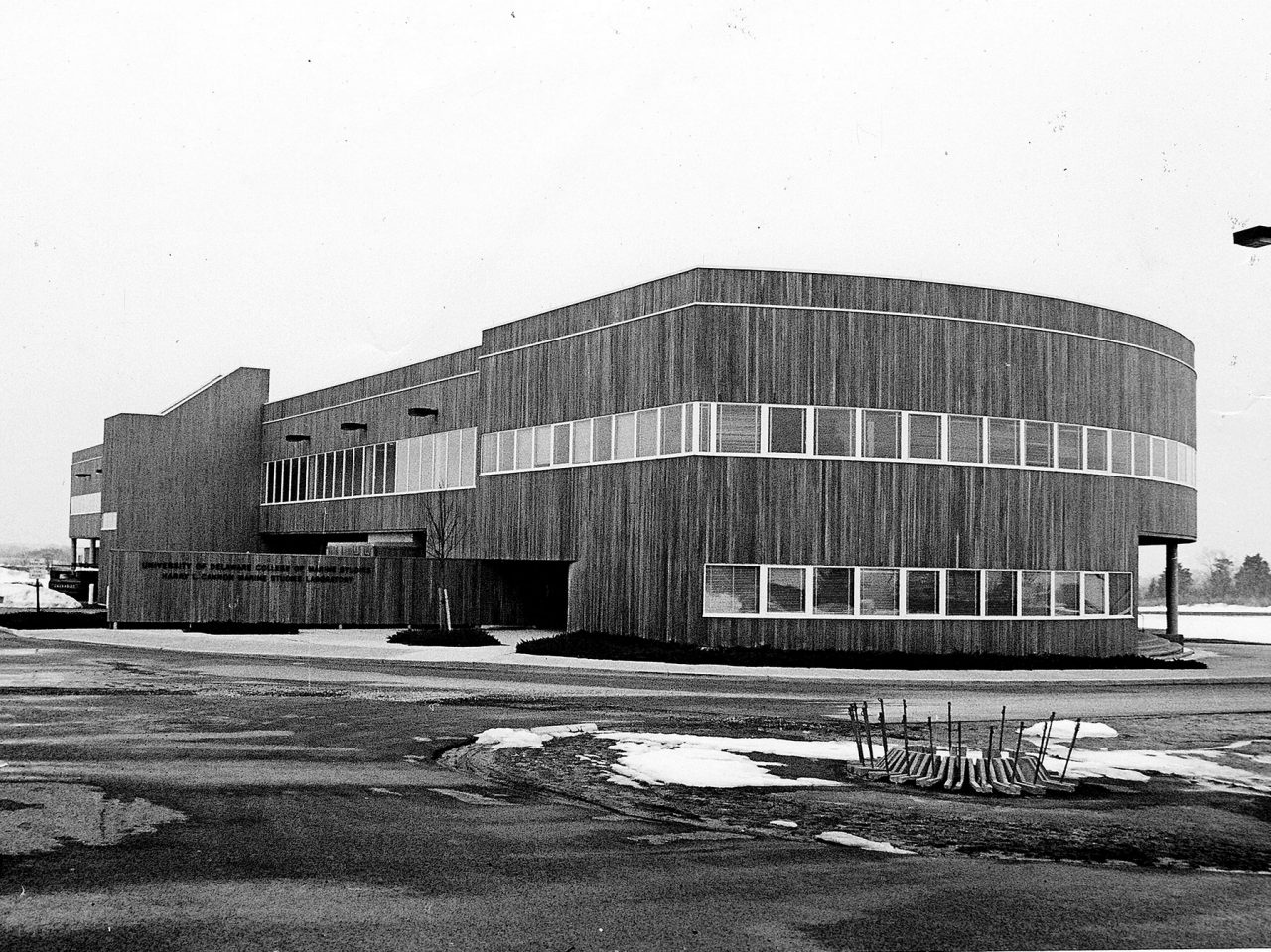
Ground is broken for Cannon Lab, the first building of the University's new Marine Studies Complex in Lewes. Participating in the ground-breaking ceremony were Seymour (Sy) Orlofsky, President, Columbia LNG; James Beebe, MD, President of Beebe Hospital; Dr. E. Arthur Trabant, President University of Delaware; Honorable Sherman W. Tribbitt, Governor of Delaware; Dr. William S. Gaither, Founding Dean of CMS; Dr. Kent Price, Associate Dean, CMS.
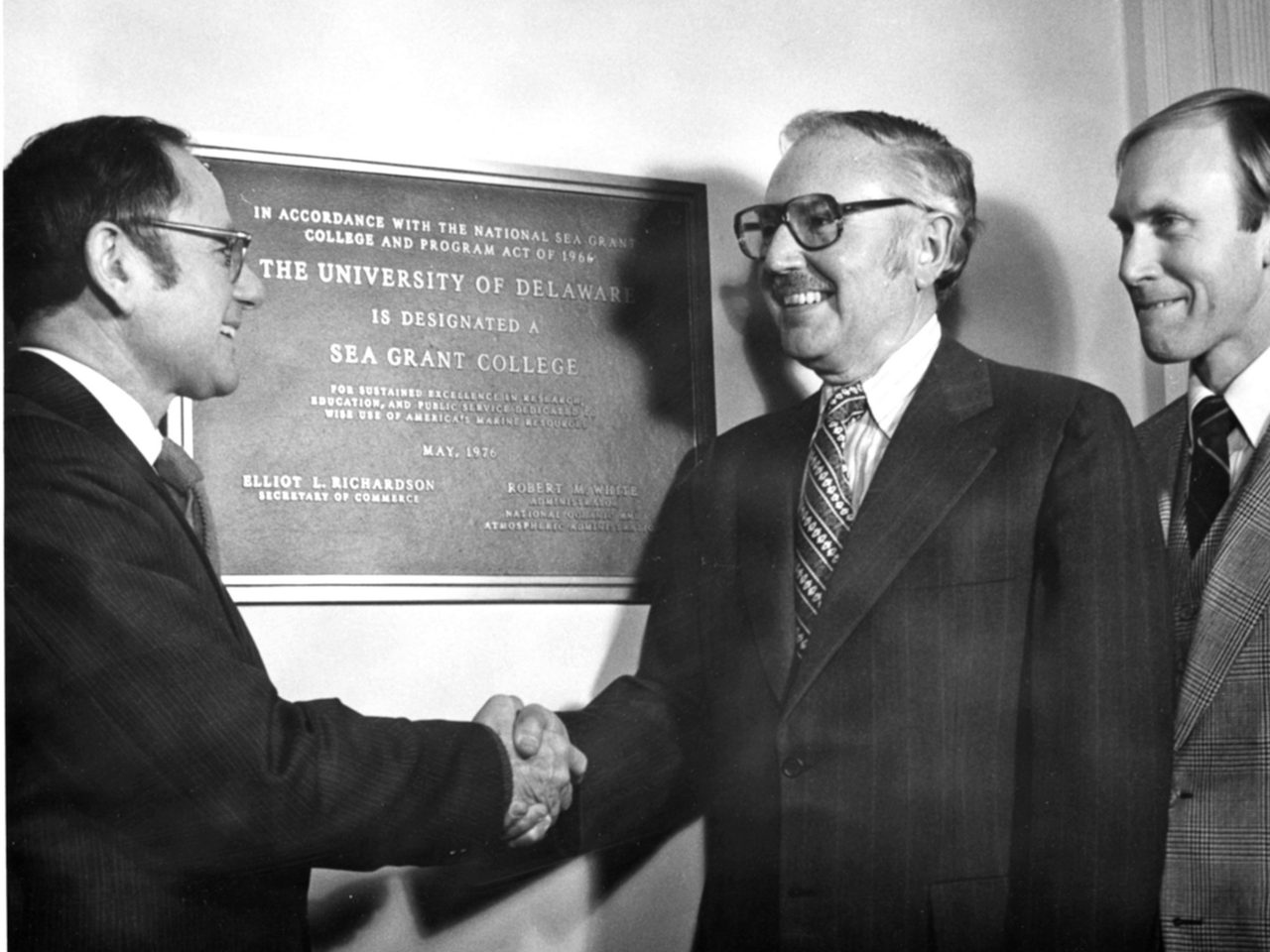
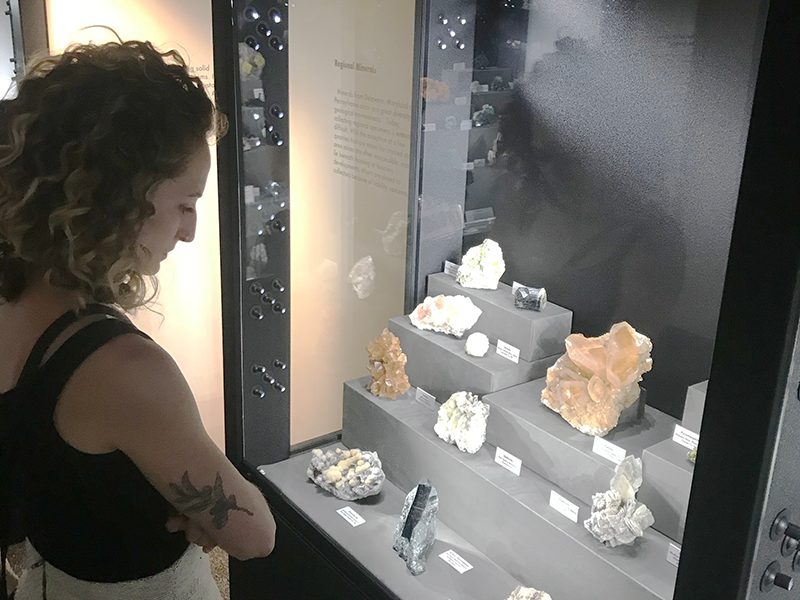
The College has grown considerably since those early years. The addition of the Department of Geological Sciences in 2006 broadened the scope of the college and resulted in the name change to the College of Marine and Earth Studies. Until it joined CMES, Geology resided in the College of Arts and Sciences where it had been a department since 1960. The University of Delaware has offered undergraduate degrees in Geology since the early 1960s and has offered master and doctoral degrees in geology since 1968.
Penny Hall is the home of the Department of Geological Science. It is named in memory of Prof. Charles Lyndell Penny, who taught geology and mineralogy at the University from 1900-24. It was a gift of the family of Irenee du Pont (1876-63), and it also houses the University Mineralogical Museum, which has a collection of more than 6,000 specimens.
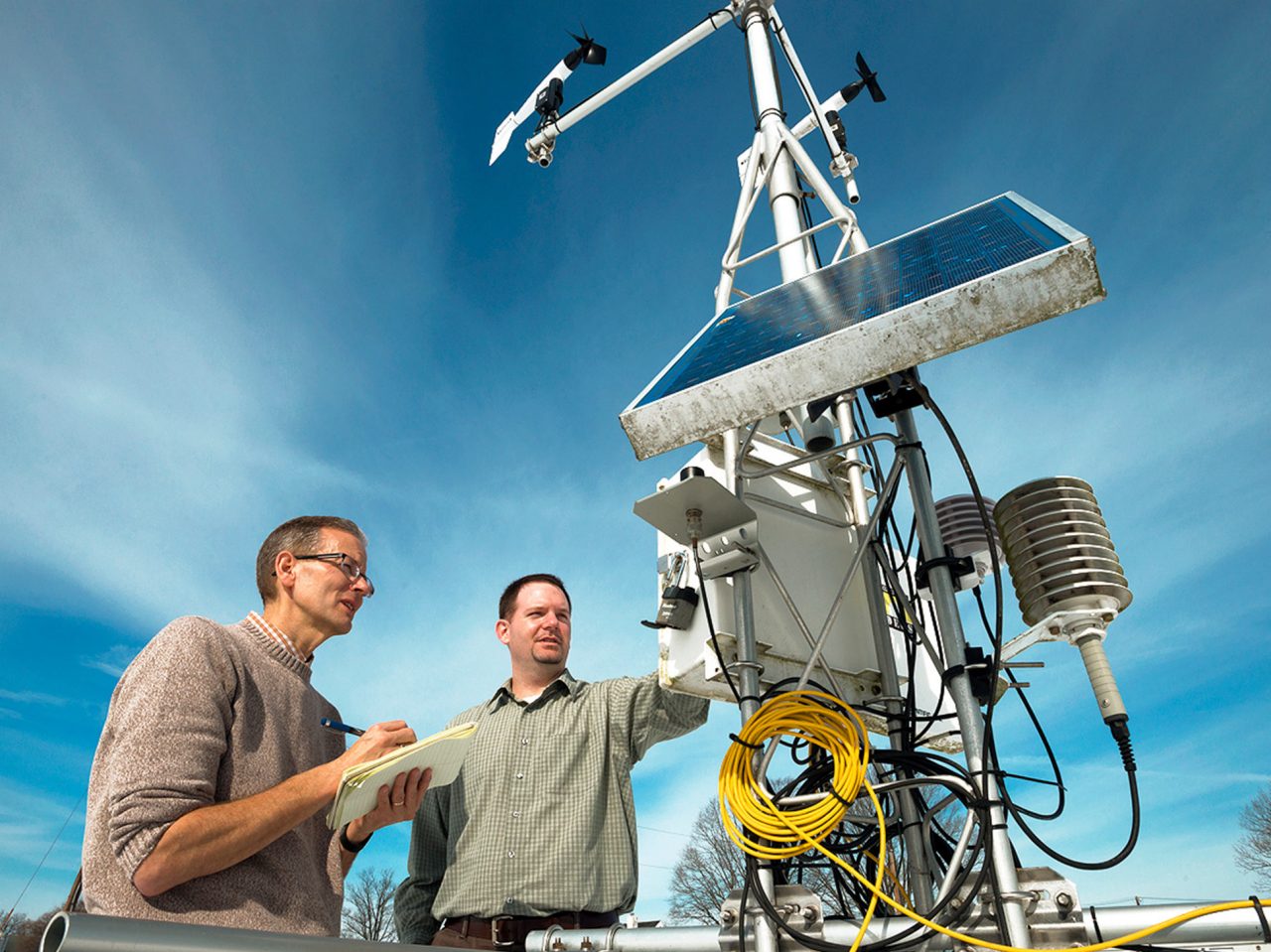
In July, 2009 CMES joined with the Department of Geography to form the College of Earth, Ocean, and Environment. The addition of our colleagues in the areas of atmospheric science, human and physical geography and environmental science and studies enhanced our work in earth systems. The marine programs of the college were housed under the newly formed School for Marine Science and Policy, whose director is based in Lewes, Del., home of the college’s marine science labs and marine fleet.
The Geography Department is housed in Pearson Hall, named in honor of University benefactors Edith du Pont Pearson and her late husband, longtime trustee G. Burton Pearson, Jr.
TODAY
CEOE offers modern instruction and research facilities in both the Newark and Lewes campuses and our facilities house the world class Irenee DuPont Mineralogical Museum. In addition, we are home to a fleet of innovative vehicles and instruments that contribute to CEOE's environmental research: the R/V Hugh R. Sharp, a state-of-the-art 146 foot research vessel that is part of the University-National Oceanographic Laboratory System fleet; a cutting-edge Geographic Information Systems Laboratory; the Robotic Discovery Laboratories, which use AUVs (Autonomous Underwater Vehicles) and other autonomous systems for research; and the world's only tiltable Wind-Wave-Current tank.
Our original handful of faculty has expanded to a team of more than 70 professors and research scientists. From its humble beginnings in 1951, our program has evolved into a world-class institution whose impact and influence is felt throughout the world.
